Covering 450,000 square meters, the Penny's Bay Community Isolation Facility is by far the largest isolation facility in Hong Kong that was constructed with support from central government. Providing around 7,000 units and around 14,000 beds in total, the facility is almost eight times the size of the Huoshenshan hospital in Wuhan.
The first phase of the Penny's Bay facility providing around 2,000 beds for COVID-19 patients with mild or no symptoms was completed on April 19, taking just two months to construct.
The time the construction took was only one-fifth of the time such a project would usually take, thanks to the high-tech Modular integrated Construction (MiC).
The MiC method makes constructing a building more like assembling a car. It requires splitting the buildings into standard modular units at the designing stage. The producing and putting together of each component is finished in the factories instead of at the construction site.
The Penny's Bay facility is a two-story building, with each unit fitted with an individual toilet and bathroom.
Its 1,204 isolation units with 2,048 beds had been finely decorated and were ready for use at a production factory in Zhuhai, Guangdong. Then they were transported to the site from the plant.
Zhao Baojun, general manager of the China State Construction Hailong Technology company, the factory's holding company responsible for producing the prefabricated rooms, said they streamlined the whole manufacturing process of the isolation unit.
"In our peak construction time, one isolation unit can be built in just seven days," he said.
According to Zhao, the MiC technology requires 50 percent less construction workers, cuts 25 percent of material losses and reduces about 55 percent of the energy consumption. An optimized digital and electronic system has also been set up to ensure quality at each step, he said.
"Now around 14,000 workers at our factory participated in building of the Penny's Bay community isolation facility, using half of the workforce compared with the traditional construction method," said Zhao.
Another high technology applied involves whole-process data tracking, which uses the VR and AR technologies to largely improve the efficiency of transportation and production.
The technique is useful, said Mao Ye, digital director of Hailong Technology company. "Workers can see through our digital model the interior decoration of the isolation unit and each assembling process in real-time," he said.
In addition, after the isolation unit is equipped in Zhuhai, an intelligent traffic system is utilized for information collection. All data, including container loads, terminal checkpoints and video images of the construction site, are updated per minute.
"Through a mobile phone, our company's managers and coworkers in Hong Kong can catch the rate of progress of our project at any time, preventing defects occurring on the production line," said Mao.
As one of the nine central-government aided community isolation facilities in Hong Kong, the Penny's Bay facility is also designed for permanent use, which can serve as a public transitional housing facility in the city after the pandemic.
Zhao, the general manager, said their construction workers worked 24 hours a day in two shifts to help with the fight against the latest COVID-19 outbreak in Hong Kong.
"After the first phase of the Penny's Bay isolation facility was handed over, our workers took a breather, and immediately devoted themselves to the building of units for the second phase of the Penny's Bay isolation facility and the facility at the Kai Tak Cruise Terminal with no hesitation," he said.









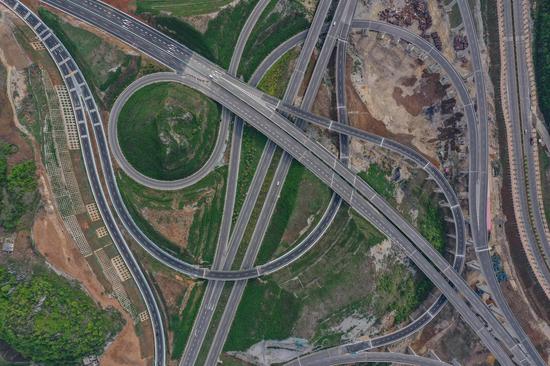


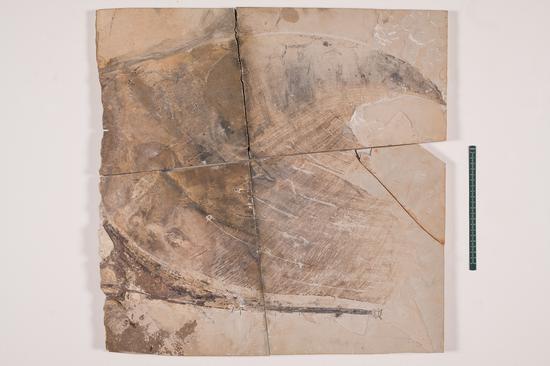
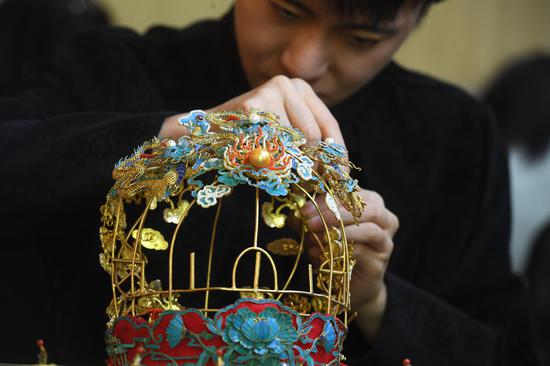


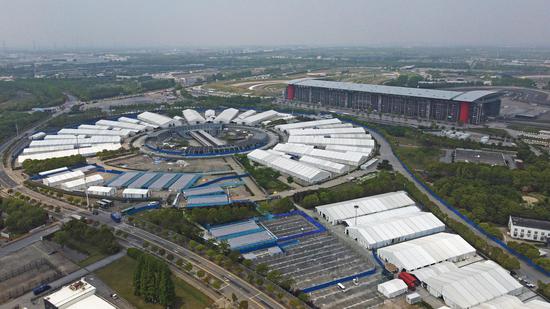

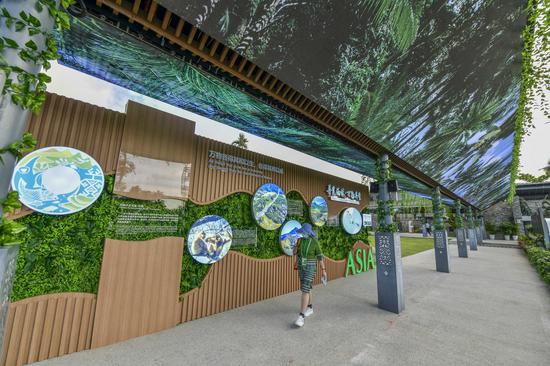
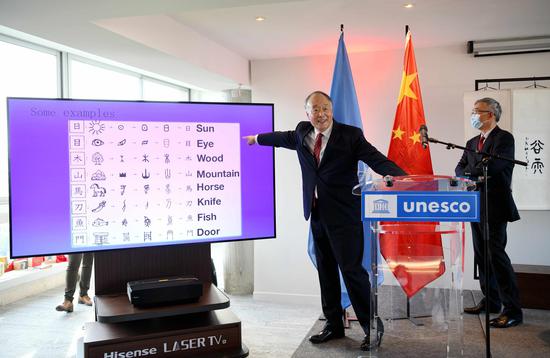

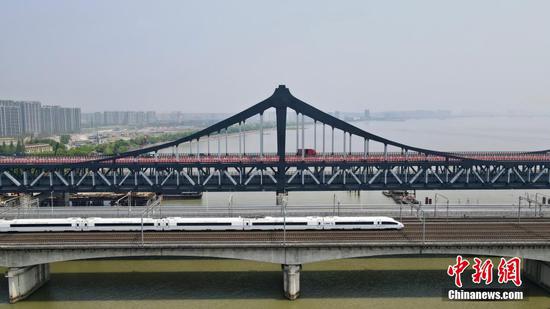
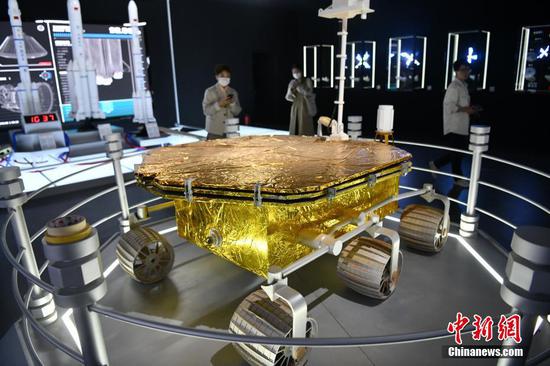
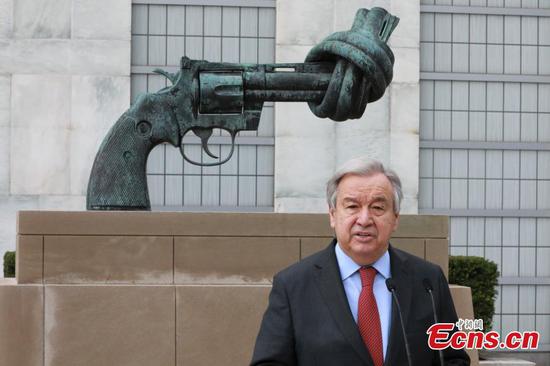

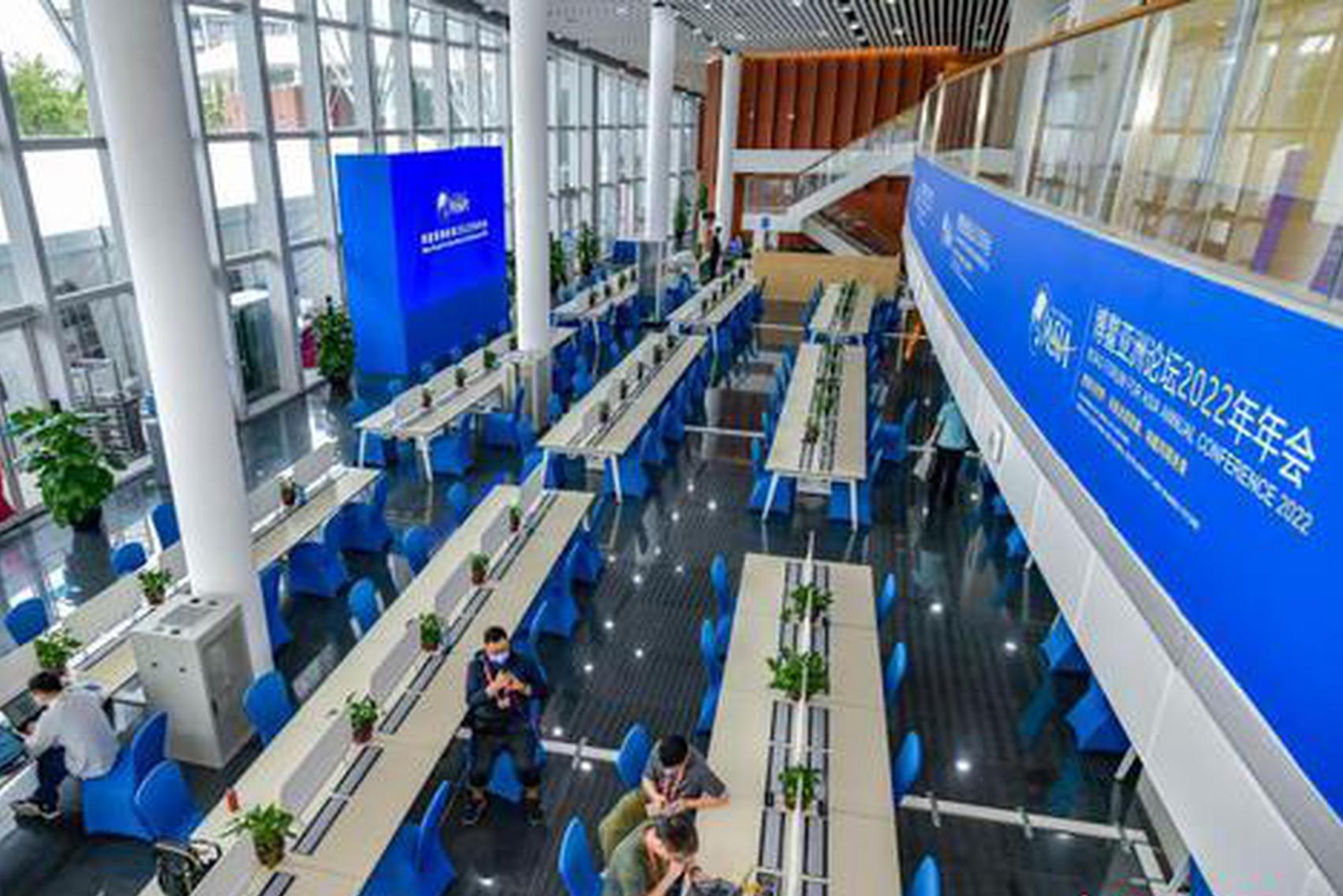


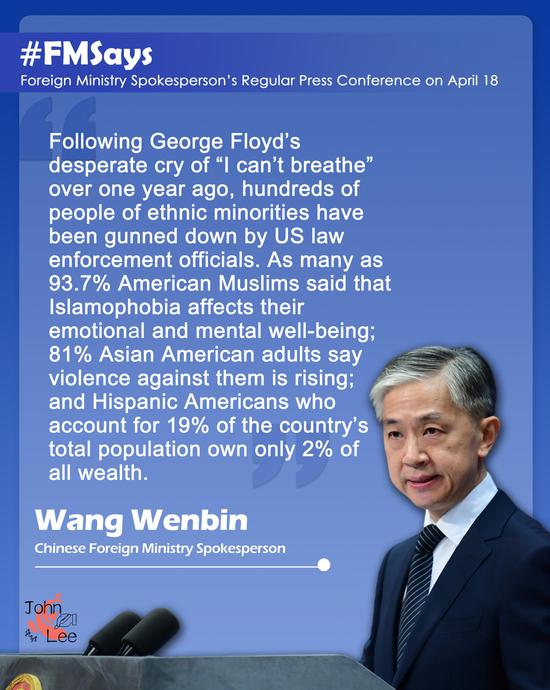
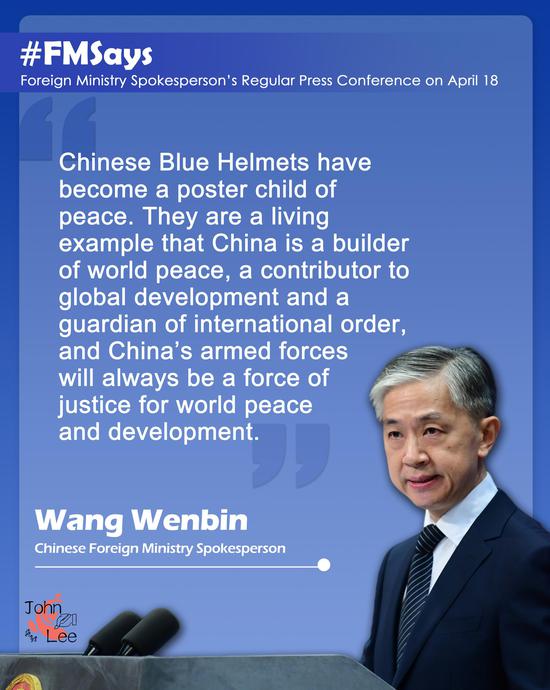

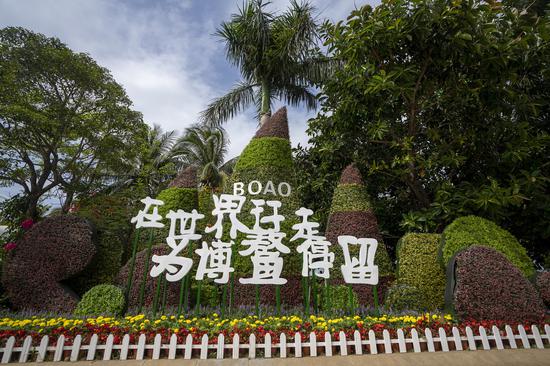
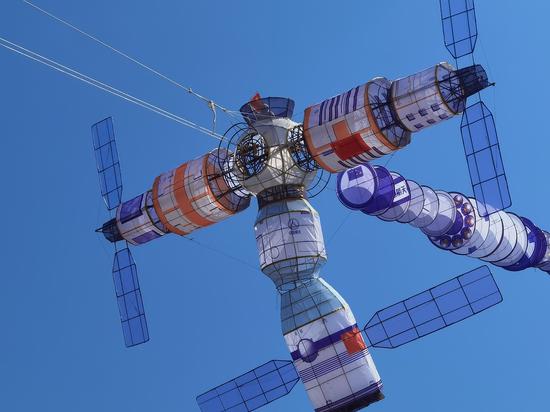
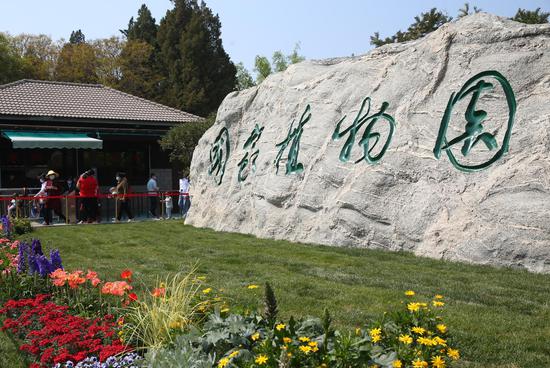

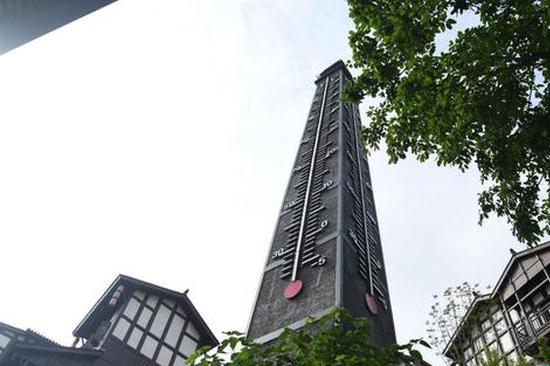

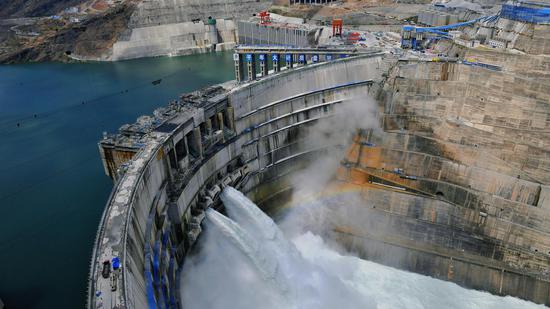
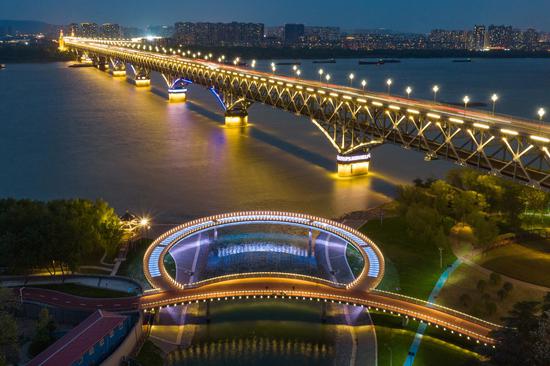

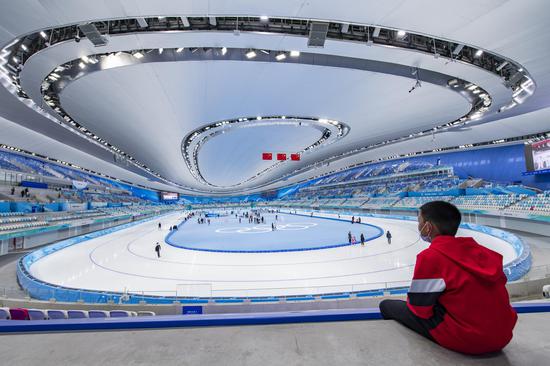
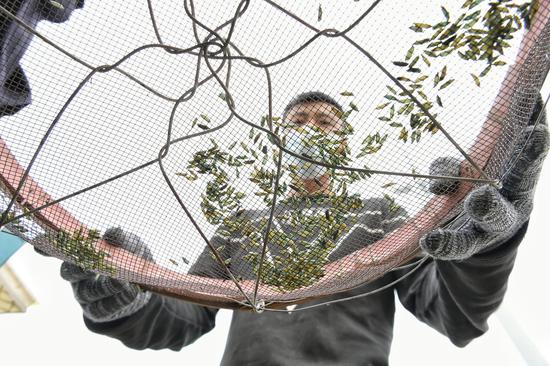


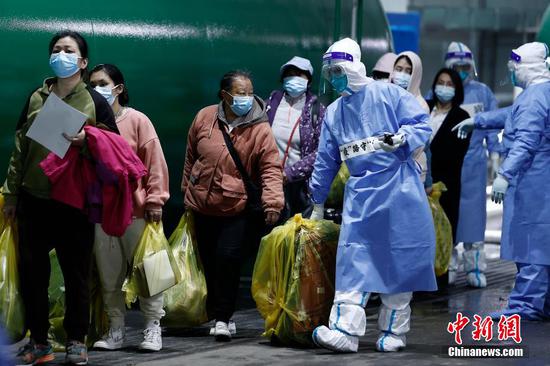





 京公网安备 11010202009201号
京公网安备 11010202009201号